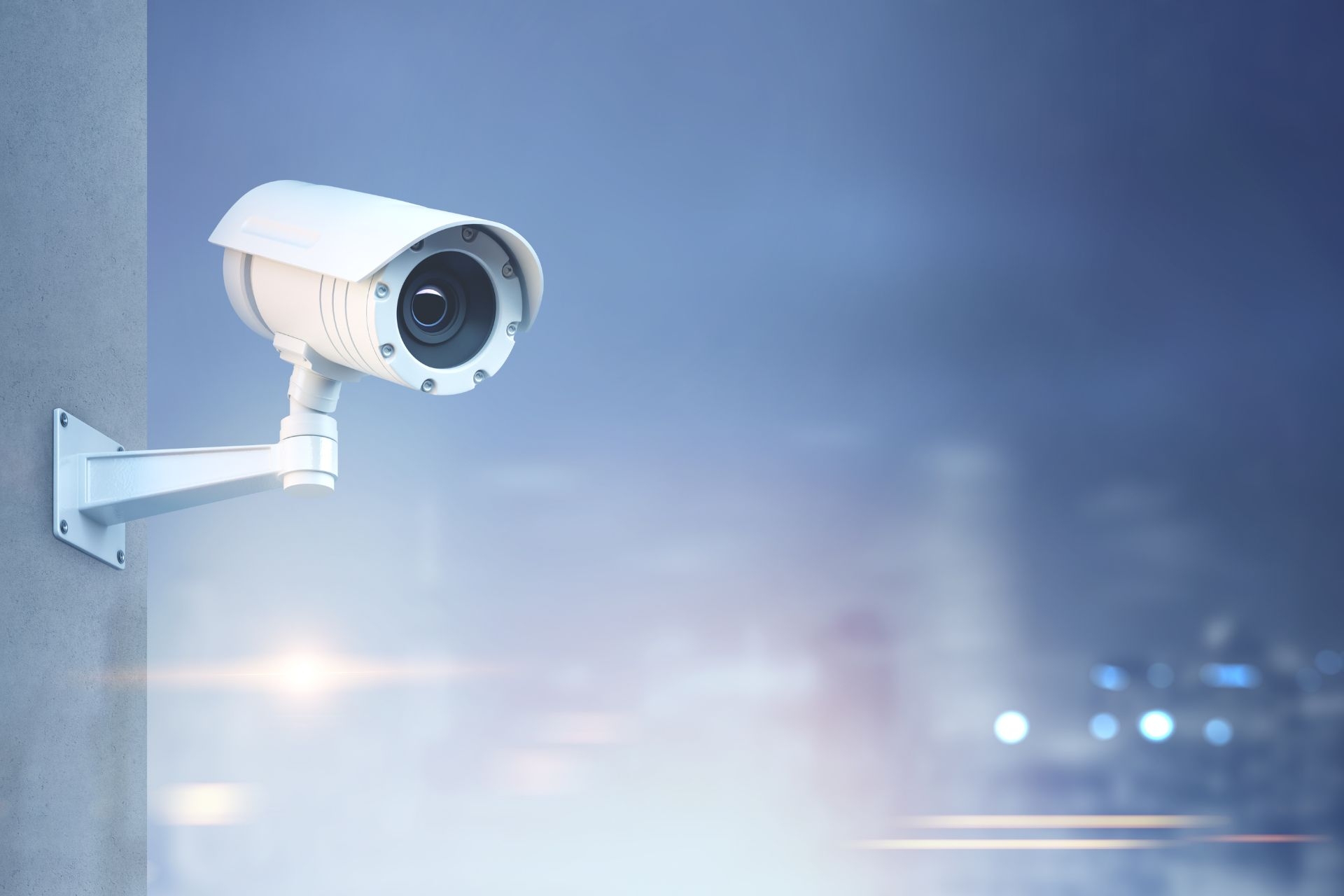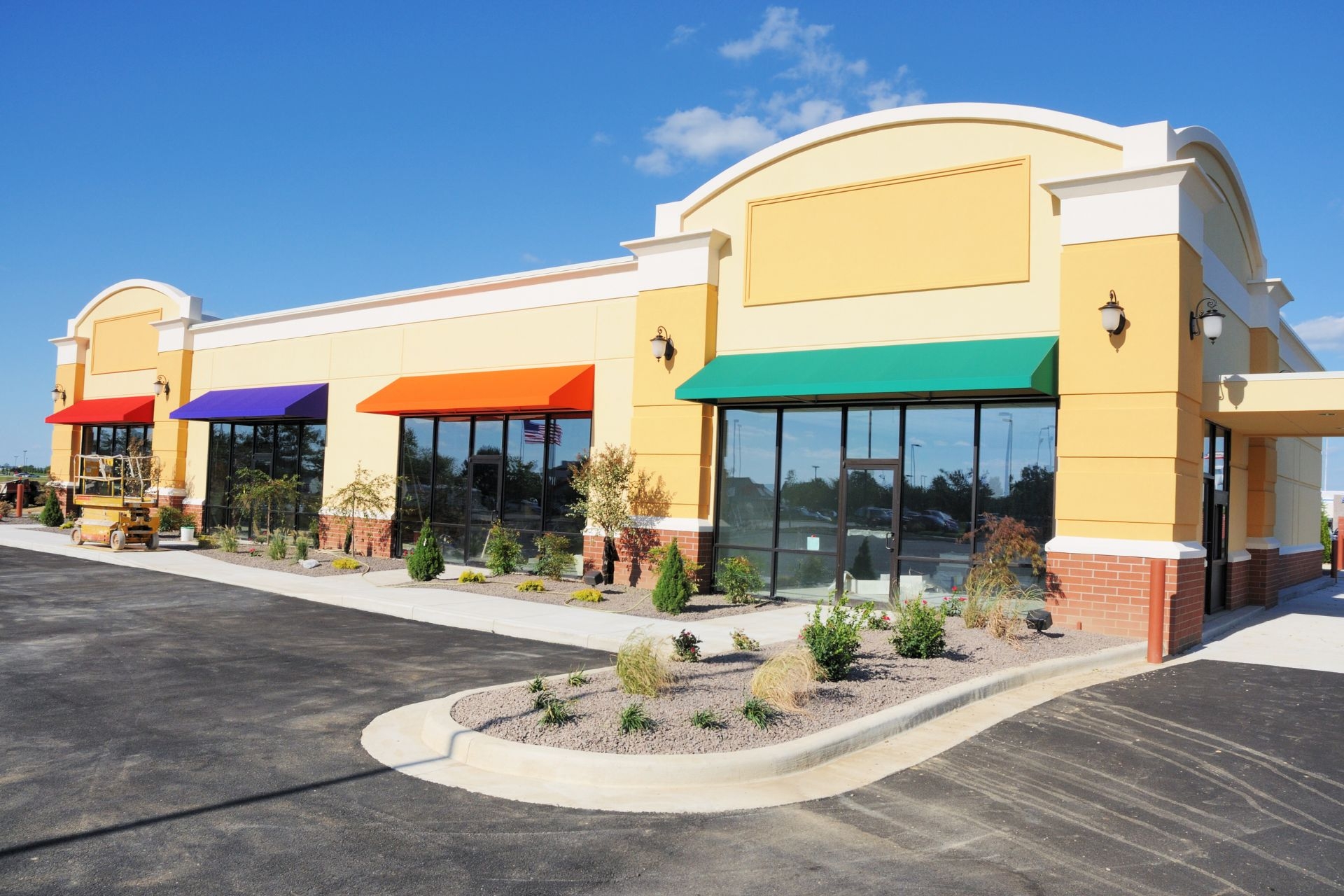

A Video Management System (VMS) handles video analytics and data storage by utilizing advanced algorithms and technologies. The VMS analyzes the video footage in real-time, extracting valuable information such as motion detection, object tracking, and facial recognition. This data is then stored in a secure and organized manner within the VMS, allowing for easy retrieval and analysis. The VMS also provides options for data compression and encryption to ensure the efficient use of storage space and the protection of sensitive information.
The key features of a VMS in terms of video surveillance and monitoring include live video streaming, video recording and playback, camera management, and event notifications. With live video streaming, security personnel can monitor multiple camera feeds in real-time from a centralized interface. Video recording and playback allow for the capture and review of video footage for investigative purposes. Camera management features enable the configuration and control of cameras, including adjusting settings and managing PTZ (pan-tilt-zoom) functionality. Event notifications alert security personnel to specific events or alarms, ensuring timely response and action.
This Axios article states what we already know: The responses coming from many generative AI (genAI) systems are misleading, not what the users asked for, or just plain wrong. The public issue is that Microsoft software engineering lead Shane Jones sent letters to FTC chair Lina Khan and Microsoft’s board of directors on March 6 saying that Microsoft’s AI image generator created violent and sexual images and used copyrighted images when given specific prompts.To read this article in full, please click here
Posted by on 2024-03-12
Last week MongoDB CEO Dev Ittycheria likened present-day AI to the “dial-up phase of the internet era.” He’s not wrong. I recently suggested we’re in the “awkward toddler phase” of generative AI (genAI). It’s full of excitement (“her first step!”), but straightforward tasks are clumsy, like basic math. Yet in some areas, the future of generative AI is happening right now. One area is coding assistants such as Amazon CodeWhisperer.To read this article in full, please click here
Posted by on 2024-03-12
While graphics processing units (GPUs) once resided exclusively in the domains of graphic-intensive games and video streaming, GPUs are now equally associated with and machine learning (ML). Their ability to perform multiple, simultaneous computations that distribute tasks—significantly speeding up ML workload processing—makes GPUs ideal for powering artificial intelligence (AI) applications. The single instruction multiple data (SIMD) stream architecture in a GPU enables data scientists to break down complex tasks into multiple small units. As such, enterprises pursuing AI and ML initiatives are now more likely to choose GPUs instead of central processing units (CPUs) to rapidly analyze large data sets in algorithmically complex and hardware-intensive machine learning workloads. This is especially true for large language models (LLMs) and the generative AI applications built on LLMs.To read this article in full, please click here
Posted by on 2024-03-12
In the rapidly evolving landscape of IaaS cloud computing, public cloud providers are increasingly reaching feature and function parity. This means they are beginning to look alike.Before you keyboard warriors remind me that some obscure feature in the object storage system on one provider is better than the object storage feature on another provider, I know they are not exactly the same. I think it’s okay to consider that they are all moving to a similar group of services that do the same things.How did it get this way? This development creates a competitive dynamic between these providers and offers new opportunities and challenges for enterprises. If we have three major cloud providers and three other providers that are catching up quickly, then it’s no longer reasonable to point to a single provider as the one to use. There’s no “best cloud” anymore.To read this article in full, please click here
Posted by on 2024-03-08
A VMS integrates with other security systems such as access control and alarm systems through various protocols and interfaces. For example, the VMS can receive input from access control systems to determine who has permission to view or manage video feeds. It can also receive alarm signals from alarm systems, triggering specific actions such as camera recording or sending notifications. Additionally, the VMS can provide a unified interface that allows security personnel to control and monitor multiple security systems from a single platform, enhancing overall situational awareness and response capabilities.

There are different types of VMS available in the market, including enterprise-level VMS, cloud-based VMS, and open-platform VMS. Enterprise-level VMS is designed for large-scale deployments and offers advanced features such as multi-server management, centralized user management, and high availability. Cloud-based VMS allows for remote access and storage of video footage in the cloud, providing flexibility and scalability. Open-platform VMS supports integration with third-party devices and systems, allowing for customization and expansion of functionality. The choice of VMS depends on the specific requirements and needs of the organization in terms of functionality and scalability.
A VMS ensures the security and integrity of video footage through various measures. Firstly, access to the VMS and video footage is controlled through user authentication and authorization, ensuring that only authorized personnel can access and manage the system. Secondly, the VMS employs encryption techniques to protect the video data during transmission and storage, preventing unauthorized access or tampering. Additionally, the VMS can generate audit logs and alerts to detect any suspicious activities or unauthorized access attempts. Regular backups and redundancy measures are also implemented to safeguard against data loss or corruption.

Best practices for configuring and managing a VMS to optimize video recording and retrieval include properly configuring camera settings, such as resolution and frame rate, to balance video quality and storage requirements. It is also important to establish a clear retention policy for video footage, determining how long the footage should be stored based on legal requirements and operational needs. Regular maintenance and updates of the VMS software and hardware are crucial to ensure optimal performance and security. Additionally, implementing a robust network infrastructure with sufficient bandwidth and storage capacity is essential for efficient video transmission and storage.
A VMS supports remote access and mobile viewing of video feeds for security personnel and authorized users through web-based interfaces and mobile applications. These interfaces provide a secure connection to the VMS, allowing users to access live and recorded video footage from anywhere with an internet connection. Security personnel can monitor video feeds, review recorded footage, and perform necessary actions remotely, enhancing their ability to respond to incidents in real-time. Mobile viewing of video feeds also enables authorized users to stay informed and make informed decisions while on the go, improving overall situational awareness and operational efficiency.
